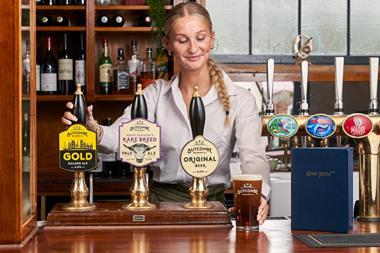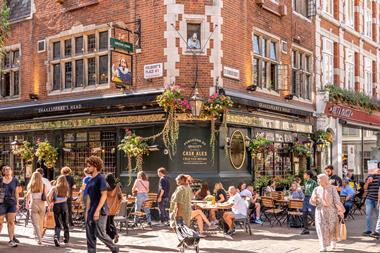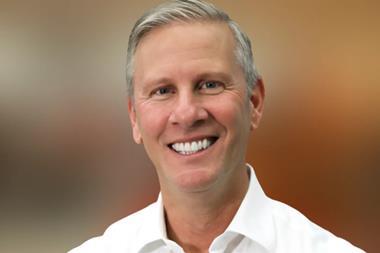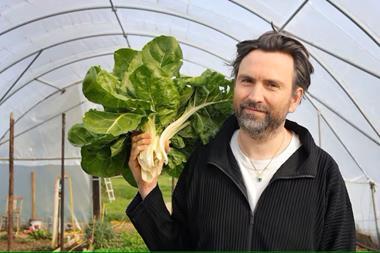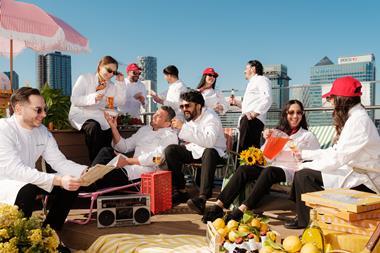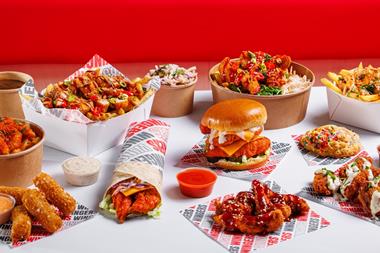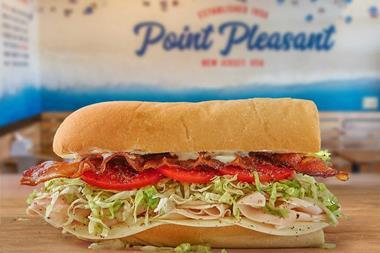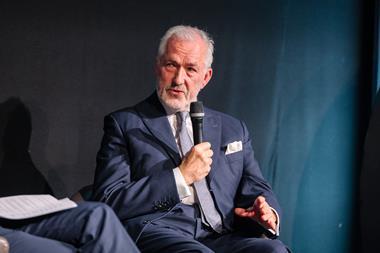Scotland is in the grip of an alcohol epidemic. British teenagers are the drunks of Europe. Sea fish stocks will be depleted within 50 years. Yes, it’s just another week’s headlines to cheer up the hospitality industry
But what was the view of pub and restaurant industry? Where was the voice of the UK eating and drinking-out market when these big issues where being aired on TV and radio and in the pages of our national press?
Even when the news broke of KFC’s decision to reduce the use of trans-fats in the United States, it was the supermarkets that rushed their people into the studios to proclaim their virtue in leading Britain’s healthy eating movement. Who was there giving this sector’s perspective?
There is always an argument for keeping your head down when controversy appears. It avoids being caught in the crossfire. But it also means it is difficult to influence the battle, not to mention the longer-term war.
It is not that this industry doesn’t have a view. Operators are passionately concerned about a whole raft of issues, not least the apparent lack of influence the sector has.
We know there are individual companies that are in the vanguard of healthy eating or setting an example in efforts to conserve the world’s fish stocks. Loch Fyne is an obvious example.
Bar operators are now also laying claim, with increasing justification, to the moral high ground in the debate over underage drinking and cut-price alcohol sales. The alcohol debate is one where the out-of-home market can start to make a positive intervention.
The problem is who is going to take responsibility for presenting those achievements to the public? Is it up to individual companies to make the effort themselves? The established industry bodies don’t appear to be making any impact, so the answer is probably “yes”.
That means PR, image and social responsibility have to move up board agendas and executive time and effort set aside to follow them through.
Nottingham Trent University this week published a report into the psychological and environmental factors that lead to violence in pubs and clubs. It concluded that badly designed and over-crowded bars and poorly trained staff were among the key causes.
It was perhaps telling that the research entitled ‘Last Orders for Alcohol Related Violence’ was sponsored by the British Glass Manufacturers’ Confederation. Wouldn’t it have been better if some of our leading bar and nightclub operators had had the foresight to commission the investigation and the confidence publicly to put their names to it?
Yes, they might have been accused of having a vested interest, but it would have also shown they were taking the problem seriously, were self-critical and took their responsibilities seriously.
If a reminder was needed that the drinks side of the sector still has work to do on its image, it came with the BBC’s coverage of the report from the Institute for Public Policy Research which revealed that Britain’s 15-year-olds are among the most badly behaved in Europe. It illustrated its story with a photograph of a young woman, probably in her 20s, collapsed in a town centre after a night out. It wasn’t of teenagers outside their local Tesco’s.
Peter Martin is founder of M&C Report and the Peach Factory consultancy

























